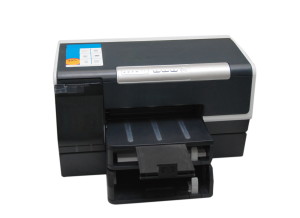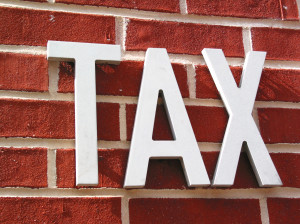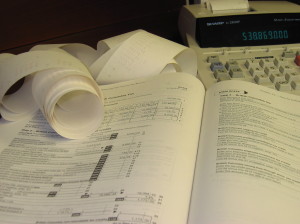 Business owners, including real estate investors, often come across this situation:
Business owners, including real estate investors, often come across this situation:
You make a purchase of property for your business – maybe it’s a printer, tablet, appliance or furniture – and the question becomes: is this a cost that can be expensed right away or does it have to be capitalized?
If a cost is capitalized, it means the expense (depreciation) is taken over a number of years which is usually less desirable than expensing it all at once.
The general rule is that costs must be capitalized if the useful life is more than 12 months. This can become a bit impractical in real-world application.
Fortunately, the IRS has released much needed guidance on when costs for property must be capitalized. This new guidance is effective for tax years beginning after December 31, 2013.
With this new guidance comes an important opportunity that allows businesses (which includes real estate investors) to immediately expense certain property that would otherwise have to be capitalized.
This can mean big tax savings but action must be taken now in order to take advantage of this opportunity.
How to Qualify for this Tax Opportunity
To qualify, businesses must have “non-tax accounting procedures” in place at the beginning of the year.
The purpose of these accounting procedures is to indicate that amounts paid for property that are less than a specified dollar amount or that have a useful life of 12 months or less will be expensed.
The amount that can be expensed depends on whether the business has an Applicable Financial Statement (AFS). An AFS includes financial statements filed with the SEC or provided to a federal or state government or agency (other than the IRS) and certified audited financial statements.
Businesses with an AFS must have written accounting procedures and can expense property that costs up to $5,000 (per item) if it is in accordance with their written accounting procedures.
Most businesses do not have an AFS. For those businesses without an AFS, they must have accounting procedures and can expense property costing up to $500 (per item) if it is in accordance with those procedures. At this point, the procedures for these businesses do not need to be written. However, we strongly recommend that all businesses put their accounting procedures in writing.
The following is a sample procedure:
It is the policy of the business to capitalize assets that cost $500 or more individually. All capitalized assets will be depreciated based on the appropriate depreciation rules. Assets that cost less than $500 individually will be expensed in the period purchased.
Once the above is in place, the business must follow this procedure when recording costs to purchase property. This then qualifies the business to make an election on their tax return to have these items treated the same way on its tax return.
The Bottom Line
Businesses that take advantage of this new opportunity will be able to immediately expense items that would otherwise have to be capitalized.
To take advantage of this new opportunity, businesses need to do the following:
#1 Document the accounting procedure for the business by January 1, 2014.
#2 Follow the accounting procedure when recording purchases of property in the bookkeeping for the business.
#3 Make the election on the business tax return.
If you want to learn more about how to take advantage of these tax strategies; sign up on our web site or call us for an appointment to get started today.










